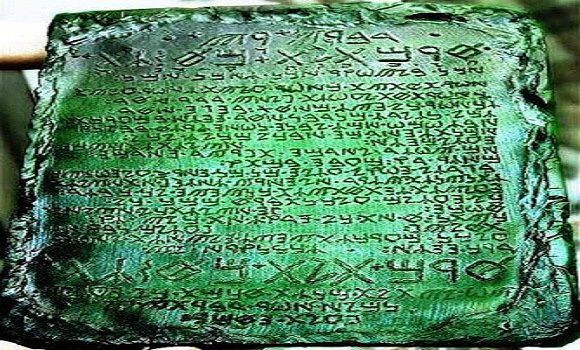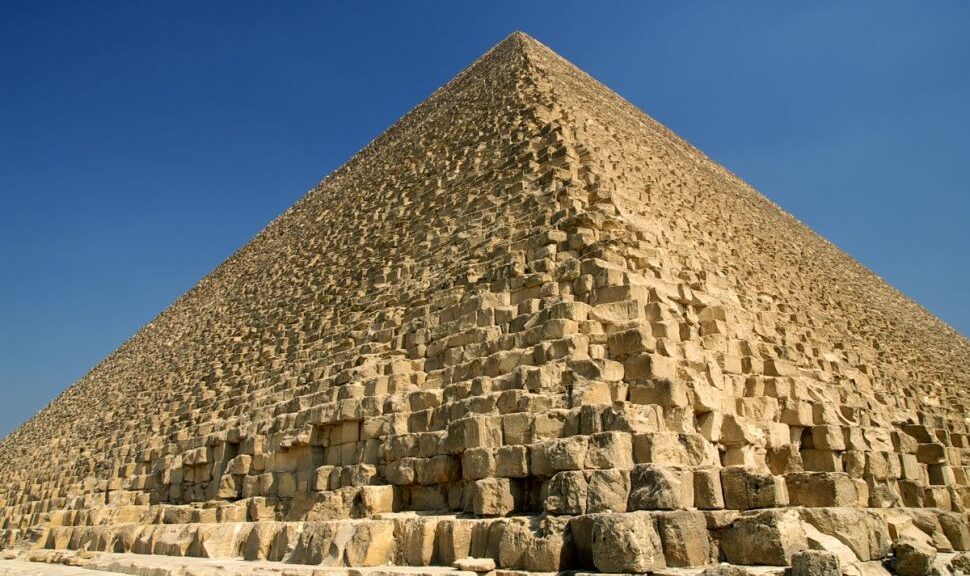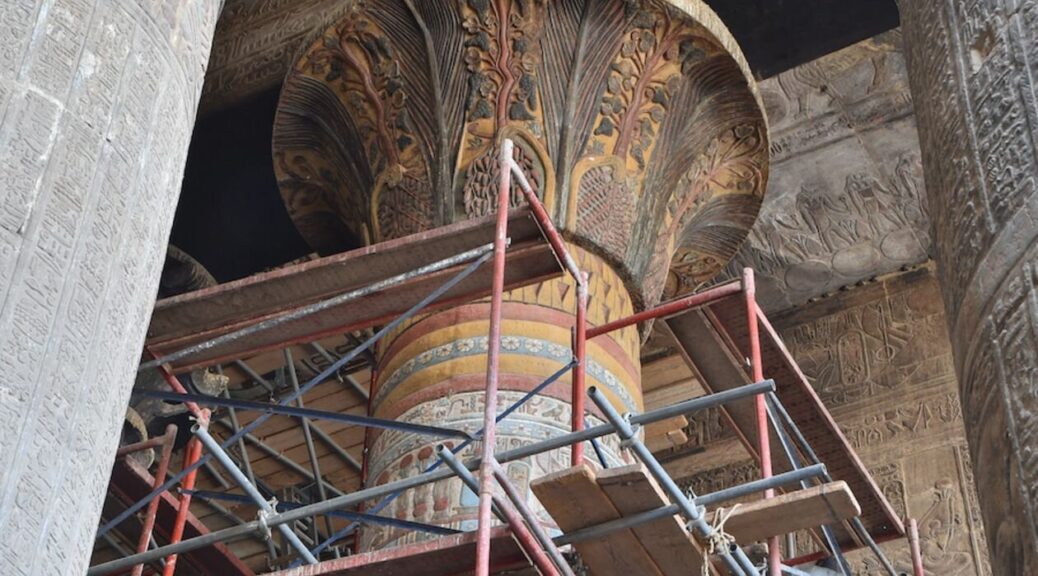Egypt Arrests Photographer Over Pyramid Shoot of Model Wearing Ancient Costume
A photographer was arrested by Egyptian police for disrespect after he took photographs of a model in a revealing ancient outfit at the Djoser Pyramid outside Cairo, a security source reported.
Social media rumours had spread that the Egyptian fashion model, Salma al-Shimi, had been arrested after the shooting in the necropolis of Saqqara, 20 miles south of Cairo, but the source said the photographer was detained by police on Monday.
The model had been pictured wearing a short ‘semi-naked’ Pharaonic-style dress in front of the ancient burial site.
‘A photographer has been arrested after a private shoot with dancer Salma al-Shimi in the archaeological zone,’ the source said, adding that his case had been referred to the courts.
Late last week, Shimi, who boasts thousands of followers on Instagram, had posted photographs from the shoot of her in ancient Egyptian dress at the foot of the 4,700-year-old Step Pyramid of Djoser.
Rumours quickly spread that she had been detained for wearing outfits that betrayed Egypt’s ancient heritage and broke the rules set by the antiquities ministry for photoshoots.
Saqqara was an active burial ground for more than 3,000 years and is a designated Unesco World Heritage Site.
Social media users who had seen the photographs expressed disbelief and outrage.
“Is there really a ban on taking photographs in archaeological zones, even pictures that are not indecent but completely normal?” one user asked.

The police are investigating the incident, and are looking to identify the employee responsible for allowing the model and photographer into the archaeological area, according to The Egypt Independent.
On Monday, the pictures were quietly removed from the model’s Instagram account.
In recent months, Egyptian courts have handed down jail sentences against a dozen social media influencers for sharing content judges deemed offensive.
In December 2018, images of a naked couple embracing at the top of the Great Pyramid of Cheops prompted a media outcry.
The authorities arrested a camel owner and a young female guide for helping the couple to gain access to the site.























